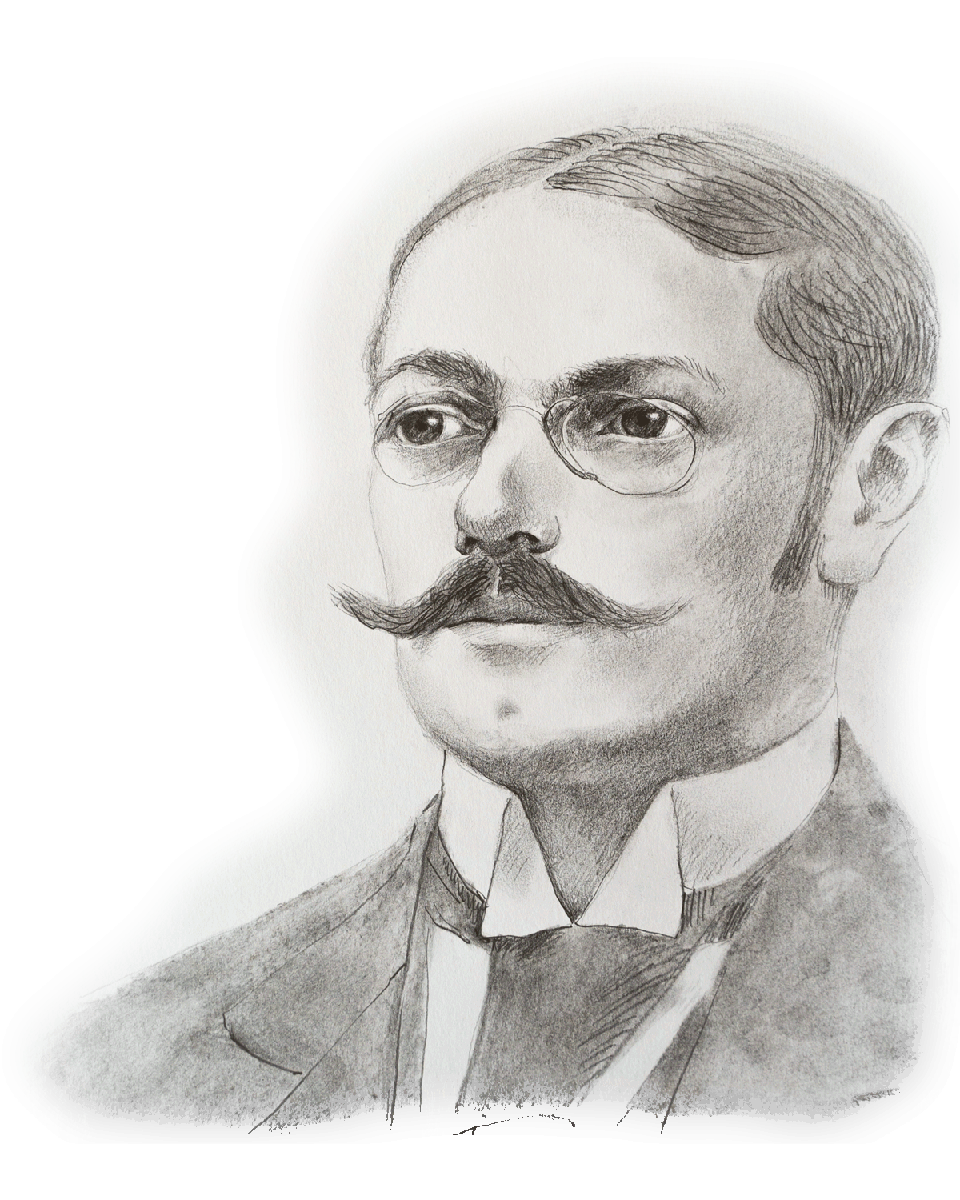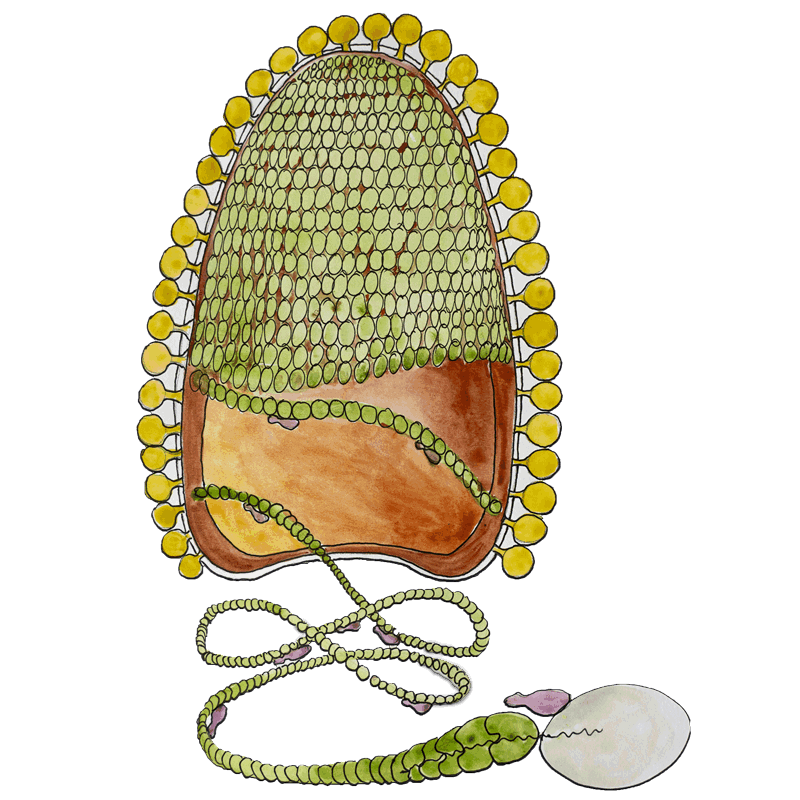June

June
Victor
Babeş
Life
Victor Babeș was born in Vienna in 1854. He did part of his studies in Vienna and later in Budapest. He received his PhD in medicine in Vienna in 1878, and was subsequently appointed as a private lecturer at the University of Budapest. In 1883 the Hungarian government sent him to Paris, where he studied the cure of rabies, and on his return to Hungary he became an extraordinary-professor at the university.
Soon afterwards, he travelled to Romania, where he was appointed chief physician and university professor in a department of the Bucharest General Hospital. He died in October 1926.
Work

Victor Babeș started his scientific career at the Pathological Anatomy Laboratory in Budapest, and was appointed Professor of Histopathology at the Faculty of General Medicine in Budapest in 1885. In the same year, he discovered parasitic tick spores causing a rare and serious disease, babesiosis. He also gave the name babesiosis, first described in 1888, when hemoglobinuria was caused in Romanian cattle. The infection resulted in tens of thousands of cattle deaths.
Babeș had a wide range of scientific endeavours. He was the first to detect the presence of tuberculosis bacilli in the urine of infected patients, discovered cell inclusions in rabies-infected nerve cells, and was the promoter of the concept of morphopathology of the infectious process, a medical guideline based on the anatomical synthesis of bacteriology and pathology.
Much of his research was on parasites and bacteria, and in 1885 he published the world’s first thesis on bacteriology. Babeș is credited with the development of vaccines against cholera and rabies, and his work also had a major impact on veterinary medicine. He produced a serum against diphtheria and was also extensively involved in research into tuberculosis, typhoid and leprosy. He published more than 1000 scientific publications and 25 monographs in the field of microbiology and pathology.
